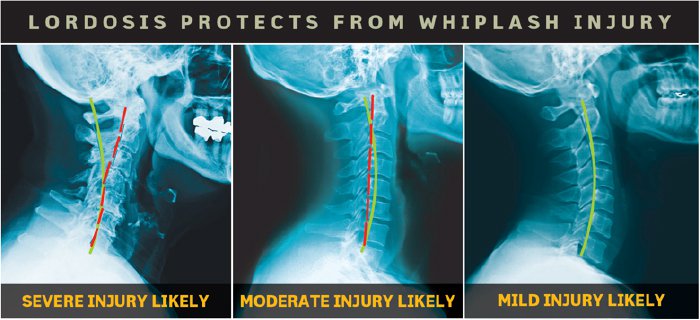Review of research article titled “Malformations of the Craniocervical Junction Chiari Type 1 and Syringomyelia: (Classification, Diganosis, and Treatment.)” published in 2009 in the Journal of Muskuloskeletal Disorders.
https://www.ncbi.nlm.nih.gov/pmc/articles/PMC2796052/
Chiari syndrome was first described in 1883 by Cleland and was given its present day description by Chiari in 1891. By the mid 1970’s the term Chiari began to be used by the medical field to describe the condition.
The genetic component of Chiari Syndrome is understood to be a malformation of the Craniocervical junction (CCJ) or the Upper Cervical spine in which the developmental tissue doesn’t form properly. In most cases the Cerbellum has tonsils that descend down through the hole at the base of the skull called the Foramen Magnum (FM). In the worst cases some of the brain stem descend as well into the FM and it is accompanied by Hydrocephaluas, and Syringomyelia. Patients experience recurring head pain, cervical pain, and spasticity of the lower limbs. These are all symptoms that patients see results with every day in Upper Cervical Chiropractic Offices. If you are experiencing these symptoms it can help to have an upper cervical specialist examine you.
Chiari type 1 is noteworthy because it is the most common type and can be very life threatening. Syringomyelia, which accompanies the Cerebellar Tonsilar Ectopia (CTE) of a Chiari type 1 means REED or FLUTE like spinal cord. This is slightly more prevalent in females and can be found in children at birth all the way up to 60 years of age, but not often over people of 65 years. The average diagnosis age is between 25-45 years old. So if you have been diagnosed recently and you haven’t had your upper cervical spine checked call us.
Treatment is broken down into surgical and non surgical. Surgical treatment includes removal of the bone of the occiput base of the skull or the back of C1 vertebra to remove pressure off the spinal cord and brainstem. 83% of patients see relief with this surgery of some sort. However there is a 2% mortality rate associated with this as the brainstem controls breathing and heart rate and a whole host of internal functions. When the bone that supports the brain is removed it does have the potential to create a lot of problems for the body. Non surgical treatment included electrical stimulation to override the pain sensations in the nerves, but there was little evidence to support this. There was more evidence to support pain medication to relieve the headaches, neck pain, and other symptoms, however they are not that effective and can have side effects. The last options the paper discussed were things like Occupational Therapy and Physical therapy to help regain movement in the body, as well as Craniosacral Osteopathy. This is where an Upper Cervical specialist could step in as well and assess the area of the Chiari symptoms for misalignment. At Arete Chiropractic, we hold advanced certifications in evaluation and treatment of the craniocervical junction. If the upper Cervical spine is out of alignment it can compress the soft tissue even more. If you are experiencing any of these symptoms or feel that Upper Cervical Chiropractic Care could be a solution for you, Call today 603-380-9184










